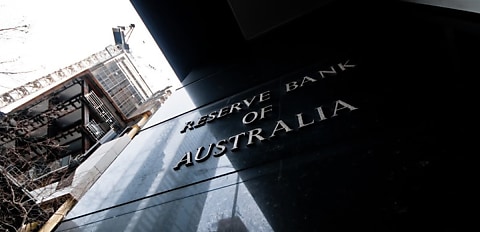The Reserve Bank of Australia (RBA) has opted to hold the official cash rate at 4.35 per cent during its monetary policy meeting for August.
Today’s (6 August) decision marks the sixth consecutive cash rate hold since the Melbourne Cup Day hike in November 2023.
Following the decision, the RBA board stated: “The economic outlook is uncertain and recent data have demonstrated that the process of returning inflation to target has been slow and bumpy.
“To date, longer-term inflation expectations have been consistent with the inflation target and it is important that this remain the case.
“Inflation in underlying terms remains too high, and the latest projections show that it will be some time yet before inflation is sustainably in the target range.
“Data have reinforced the need to remain vigilant to upside risks to inflation and the board is not ruling anything in or out. Policy will need to be sufficiently restrictive until the board is confident that inflation is moving sustainably towards the target range,” the board stated.
The RBA once again reiterated its reliance on emerging data and the evolving assessment of risks to guide its decisions and continue to pay close attention to developments in the global economy and financial markets.
“The board remains resolute in its determination to return inflation to target and will do what is necessary to achieve that outcome.”
Reacting to the decision, CoreLogic’s research director, Tim Lawless, said the outcome is not expected to have “a material influence on housing trends”, despite the decision being seen as a positive for borrowers and housing more broadly.
“While stable rates and lower inflation should help to lift consumer sentiment, which has historically shown a close relationship with property sales, the August hold decision may not be enough to see that rise in consumer sentiment flow through to housing market activity.
“Recent growth in property prices has had more to do with low supply, tight rental conditions, and demographic factors than sentiment through the housing upswing to-date.”
According to Lawless, many of these factors are now “losing their potency”, as the trend rate of home sales eases and affordability challenges begin to mount.
“Even if sentiment lifts, an improvement in affordability barriers or strengthening in household balance sheets isn’t likely until interest rates start to fall,” Lawless said.
Cameron Kusher, PropTrack director economic research, said while there had been speculation that the RBA may increase the cash rate, the June quarter inflation data was more aligned with expectations and “inflationary concerns have been allayed for the time being”.
“The rate of growth in home prices has consistently slowed over the past five months and we continue to see the lowest number of annual dwelling approvals in more than a decade.
“Despite slowing price growth, more properties are being listed for sale and sales volumes remain robust. Stable interest rates are likely to support vendor and purchaser confidence as we head into the busier spring period.
“The labour market remains tight with strong job creation alongside low unemployment and underemployment. Demand for credit and the value of housing finance commitments continues to expand,” Kusher said.
Kusher added that while caution should still be taken towards the prospect of another rate hike should inflation prove stubborn, recent economic data from the US has shown “significant weakening of the labour market and heightening expectations of an economic slowdown in the US”.
“This could reduce the likelihood of further interest rate rises here and potentially result in rates being cut sooner.”
More to come…
[RELATED: Will the 2Q24 CPI figures be enough to trigger a rate hike?]

